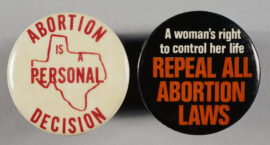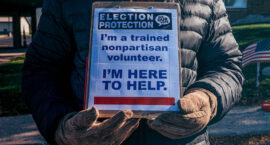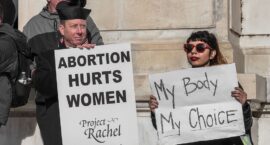The Supreme Court faces a rule-of-law crisis of its own making.
We residents of the United States who are governed but not protected by its laws must now wonder: Which right will be next? And for whom? And if the Court does not exist to respect rights, why does it exist and why should it be respected?












